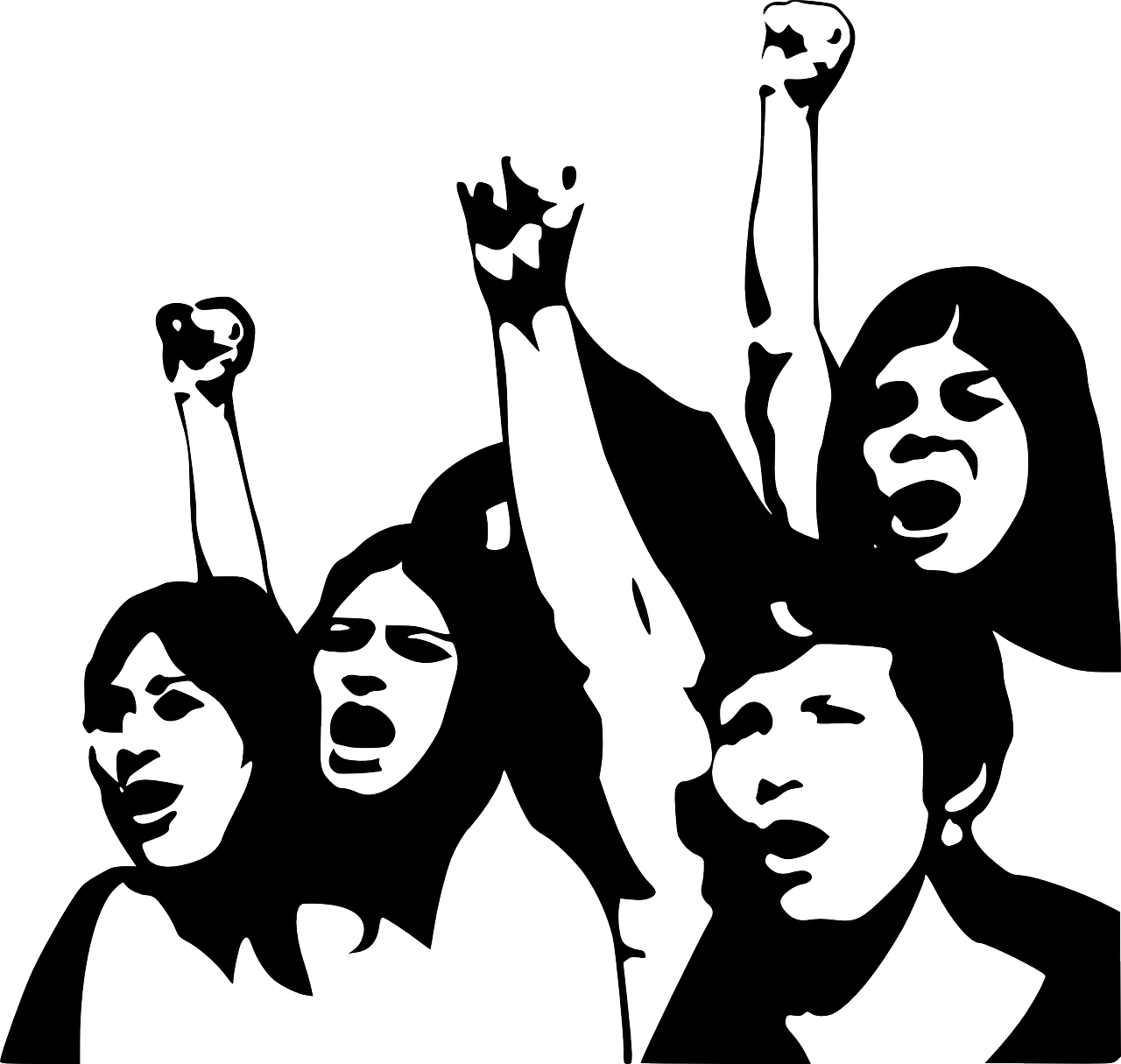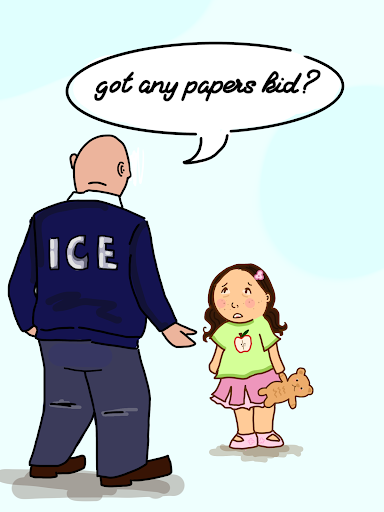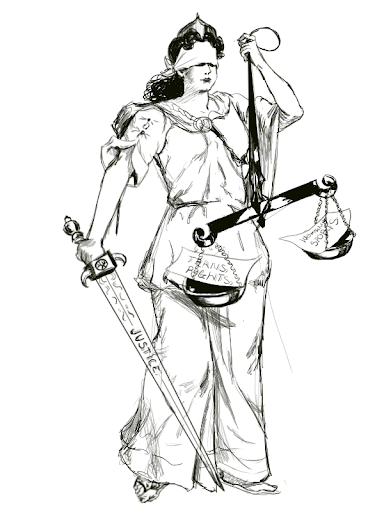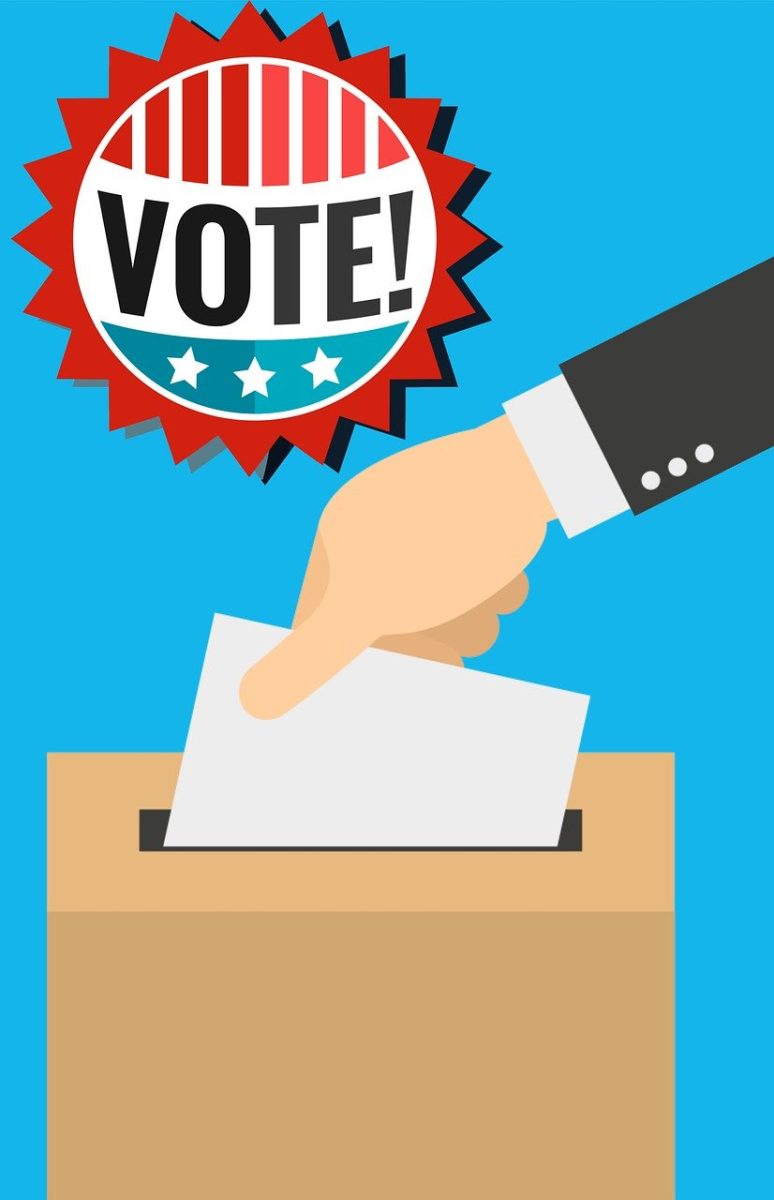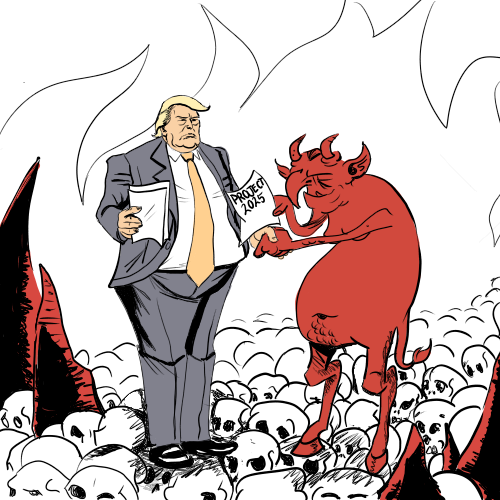Those who don’t learn from history are doomed to repeat it. The protests against Israel’s war in Gaza are merely the latest in a tradition of student-led, left-leaning activism dating back at least to the civil rights and anti-Vietnam War protests of the 1960s.
Vietnam
Throughout the 1960s and 70s, college and high school students protested against the American intervention in Vietnam and in support of civil rights at home. Today students are protesting the war in Gaza. It seems college administrators are more willing to call the police quickly this time whereas, in the ’60s, they were a little bit more hesitant.
Vietnam War protests began among peace activists and leftist intellectuals on college campuses but gained national prominence in 1965, after the United States began bombing North Vietnam in earnest. Antiwar marches and other protests, such as the ones organized by Students for a Democratic Society (SDS), attracted a widening base of support over the next several years, peaking in early 1968 after the successful Tet Offensive by North Vietnamese troops proved that war’s end was nowhere in sight.
After seeing the police-led violence at Columbia, many universities across America are following in their footsteps of setting up encampments and protests across America. That scene played out 60 years ago at the University of Michigan in 1964 where the first major protests began, but it could have happened yesterday. (The US Anti-Vietnam War Movement (1964-1973) | ICNC.)
In 1968, Columbia University went forward with their graduation ceremony, unlike this year. At that time, students took over five campus buildings for various reasons. Some were protesting the university’s connection to an institute doing weapon research for the Vietnam War. Other students opposed how the school treated Black and brown citizens in the nearby community as well as the atmosphere on campus for minority students. After several days Columbia’s president allowed a thousand New York police officers to be brought in to clear most demonstrators out.
The arrests, 700 of them, were not gentle. Fists were flying, clubs swinging. Dozens of students and more than a dozen officers were injured. At that year’s graduation, a number of the Class of ’68 walked out and held an alternative commencement on Low Plaza with a picnic following at Morningside Park.
The events at Columbia demonstrated that universities are susceptible to the same social and economic strife that affects the wider community, emphasizing the importance of engagement and activism within academic institutions to address systemic issues and effect positive change both on campus and beyond.
This year Columbia will not be holding the planned main ceremony on the South Lawn of the Morningside Heights campus. Dozens of smaller ceremonies are being held instead. Columbia University decided to cancel its main commencement after weeks of pro-Palestinian protests and turmoil on campus and after calling for the NYPD to intervene once again.
Demographics

Often, the protests have played out on college campuses, and sometimes in the same building as previous years: Hamilton Hall at Columbia University, was taken over by students in the protests of 1968 as well as these past weeks. Sometimes the protests have seemed to be off-campus adaptations, like the Occupy Wall Street demonstrations of 2011 or the racial justice demonstrations of recent years. In 1968 protests were often led by the SDS (Students for a Democratic Society (SDS). Fifty-nine delegates from mostly elite universities such as Brandeis, Harvard, Michigan, Wisconsin and Yale, drafted a manifesto, “The Port Huron Statement,” which codified the issues students wanted addressed.
The SDS became the focus of campus anti-war protest, even though other peace groups arose, including the Student Mobilization Committee to End the War in Vietnam (SMC) had grown to 100,000 members. Student anti-war protestors had a common demographic profile. Most came from middle- to upper-middle-class families and grew up in post-World War II suburbs, where there were few working-class whites or racial minorities. Some claimed elite backgrounds.
The antiwar movement began mostly on college campuses, as members of the leftist SDS began organizing “teach-ins” to express their opposition to the way in which it was being conducted. Though the vast majority of the American population still supported U.S. government policy in the Vietnam War, a small but outspoken minority was making its voice heard by the end of 1965, especially after President Lyndon Johnson began an increasingly aggressive air and ground war in Vietnam.
This vocal minority included many students as well as prominent artists, intellectuals and members of the “hippie” movement, i.e., the growing number of mostly young people who rejected authority and embraced the counterculture.
Today
Like today’s protests, most of the older movements were highly polarizing. Some observers at the time praised protesters for their courage and idealism, while others criticized them for being misguided, self-indulgent or guilty of flirting with — or embracing — irresponsible and even dangerous rhetoric and ideas.
Buildings have been destroyed, and as of 8 May 2024, over 36,000 people (34,844 Palestinian and 1,410 Israeli) have been reported as killed in the Israel–Hamas war, including 97 journalists (92 Palestinian, 2 Israeli and 3 Lebanese) and over 224 humanitarian aid workers, including 179 employees of UNRWA, (Casualties of the Israel–Hamas war). But I’m supposed to be angry with the protesters? Thousands of Palestinian families are split between the occupied West Bank and Gaza Strip due to Israeli policies, but remember protesters broke one window at Columbia. 90% of the casualties in Gaza were civilians, but remember students were occupying lawns. President Joe Biden said on May 2nd, “Destroying property is not a peaceful protest…dissent must never lead to disorder.”
Those who say “Past movements have never accomplished anything by violating laws,” Really? Rosa Parks, The Greensboro sit-in, Stonewall riots, ACT UP AIDS movement, National Organization for Women’s strike, Chicano movement, Little Rock Nine, Sit-In at Woolworth’s Lunch Counter, Bloody Sunday, Civil Rights Act of 1957 and 1964, the Voting Rights Act of 1965, the Fair Housing Act of 1965?
Tech In Both
Inevitably, technology played an important role in both eras. In the Vietnam era, television and photojournalism played a key role in publicizing protests, flooding the media with images of students being carried away by police and even riots, such as those that took place at the Democratic National Convention in Chicago, Illinois. Now, in 2024, we are the most technologically advanced generation in human history, with advancements in AI making the criminal justice system teeter (Criminals are using AI in terrifying ways — and it’s only going to get worse). Pro-democracy activists have to rely on open internet access. They utilize apps, social media and other technology to raise awareness, recruit activists and organize protests. And they use social media to promote voting drives and other community engagement initiatives. Technology also offers protesters other useful resources such as data visualization tools that help track police movements and app-based organizers which alert users when there are protests or events happening near them so they know where to go.
Protests
Ultimately, the Vietnam War protests contributed to a shift in public sentiment, leading to increased pressure on policymakers to seek a peaceful resolution to the conflict. Additionally, the protests sparked broader social and cultural changes within U.S. society, fueling movements for civil rights, gender equality, and environmental conservation, and reshaping the political landscape for decades to come.
Today’s protests are driven by a diverse array of social, political, and environmental concerns, reflecting the complexities and challenges of the contemporary world. From racial justice and police brutality to climate change and economic inequality, protesters are demanding action on issues of global significance that affect communities both locally and globally. The goals of today’s protests vary depending on the specific issues and contexts. For the protests against the Israel-Hamas War, focused on a variety of issues related to the conflict, including demands for a ceasefire, an end to the Israeli blockade and occupation, return of Israeli hostages, protesting war crimes, and providing humanitarian aid to Gaza. While some protests may focus on specific policy changes or reforms, others seek broader systemic transformation and social justice. Whether these protests will succeed in achieving their goals, such as influencing colleges to disinvest in Israel, remains uncertain and depends on a variety of factors, including the level of public support, political will, and institutional responsiveness. However, history has shown that collective action and grassroots mobilization have the power to effect meaningful change, and today’s protests continue to play a vital role in shaping the future of society.
Results
While there is no result yet for the Israel-Hamas War, we can learn from the Vietnam War. In today’s world we learn about the importance of the Vietnam War protests, we never condemned them or try to argue our way to diminish their importance. Let me remind you, as a result of the constant ever-present protests, protesters during the Vietnam War forced an end U.S. combat operations in Vietnam and a suspension of the draft by January 1973. The protests put pressure on political leaders to reconsider their stance on the war. Politicians faced increasing demands from the public to end U.S. involvement in Vietnam. As a result of the protests and changing public opinion, policies related to the Vietnam War shifted. For example, President Lyndon B. Johnson decided not to seek re-election in 1968 partly due to the anti-war sentiment. The protests contributed to legislative actions such as the War Powers Act of 1973, which aimed to limit the president’s power to commit U.S. forces overseas without congressional approval, reflecting the impact of public outcry against unchecked military involvement.
Stonewall was a board meeting and the civil rights movement was a series of emails. Imagine if what people said today applied to the Civil Rights movement 56 years ago. Why must I walk on eggshells to criticize one of the most glaring human rights violations of our lifetime? ‘We can disagree and still be friends.’ I guess it depends. Are we disagreeing about where to get lunch on Friday or about genocide?
War is not hell. War is worse, because in hell there are no innocent people.


